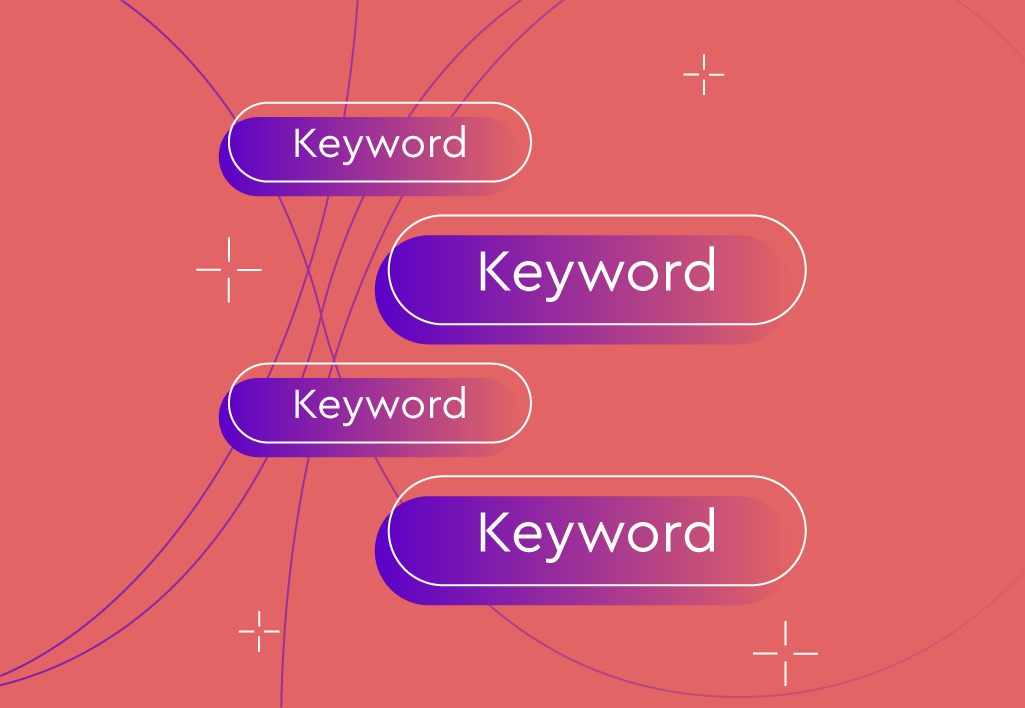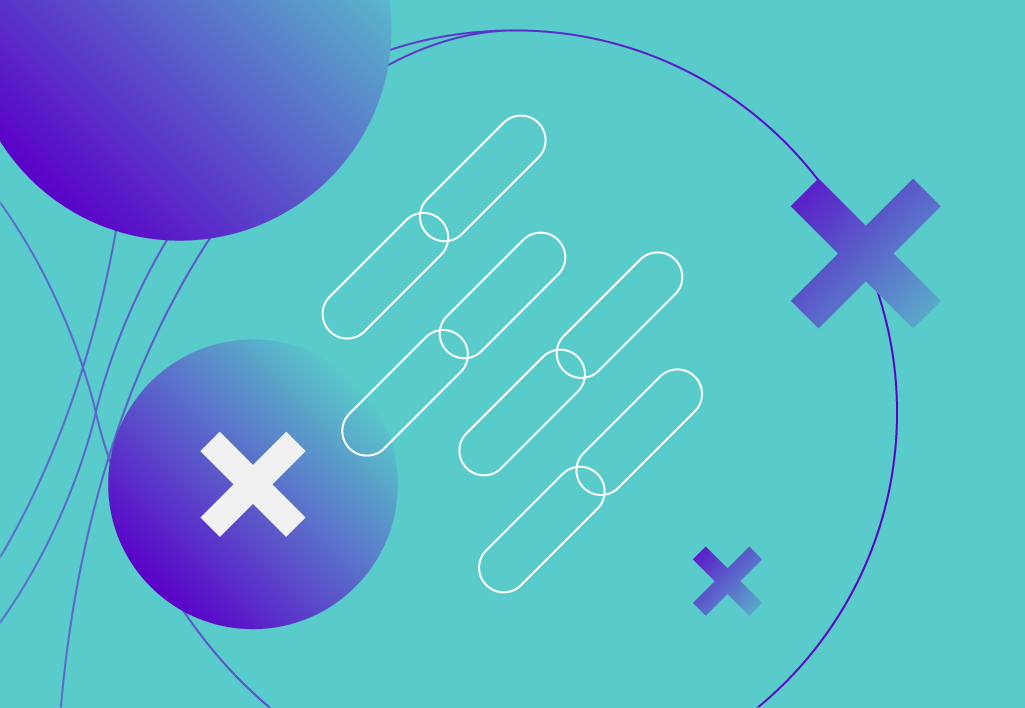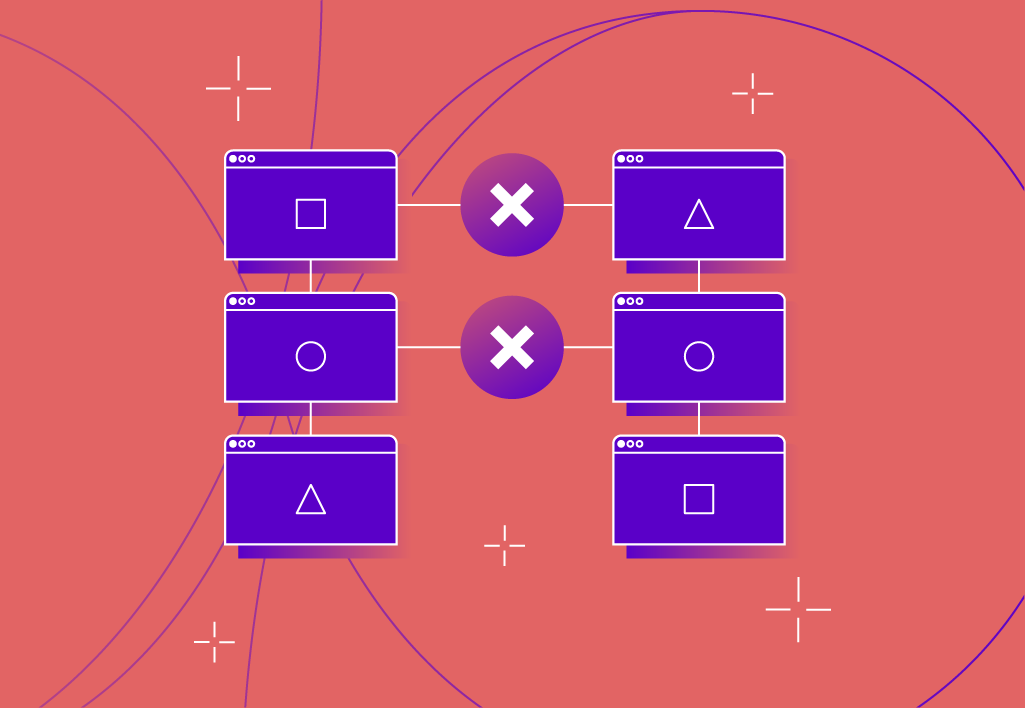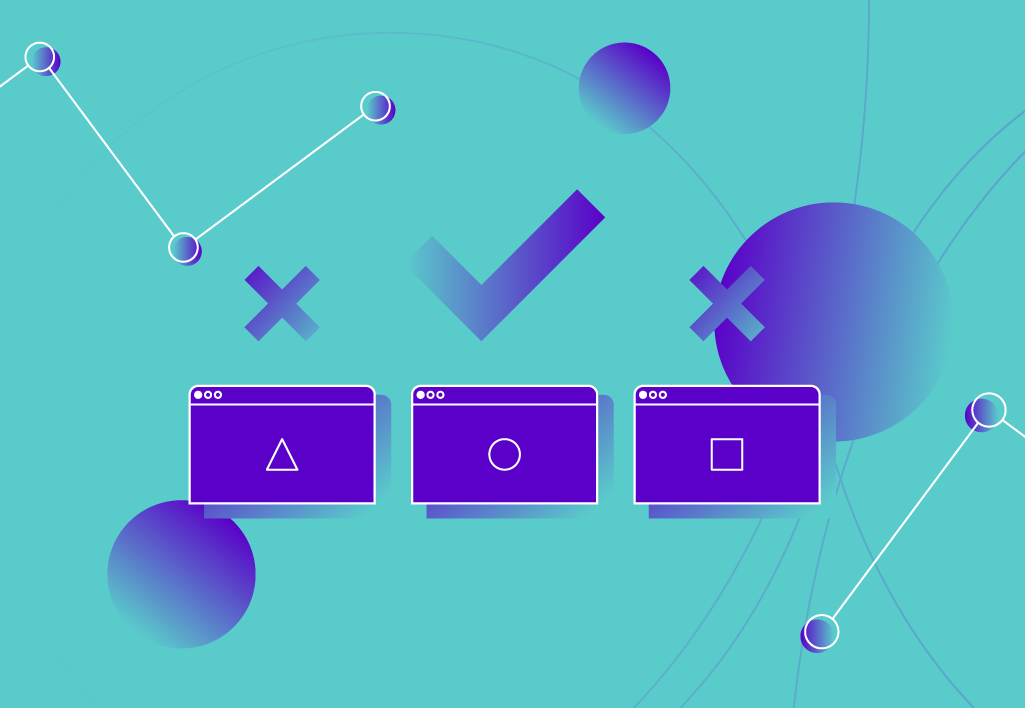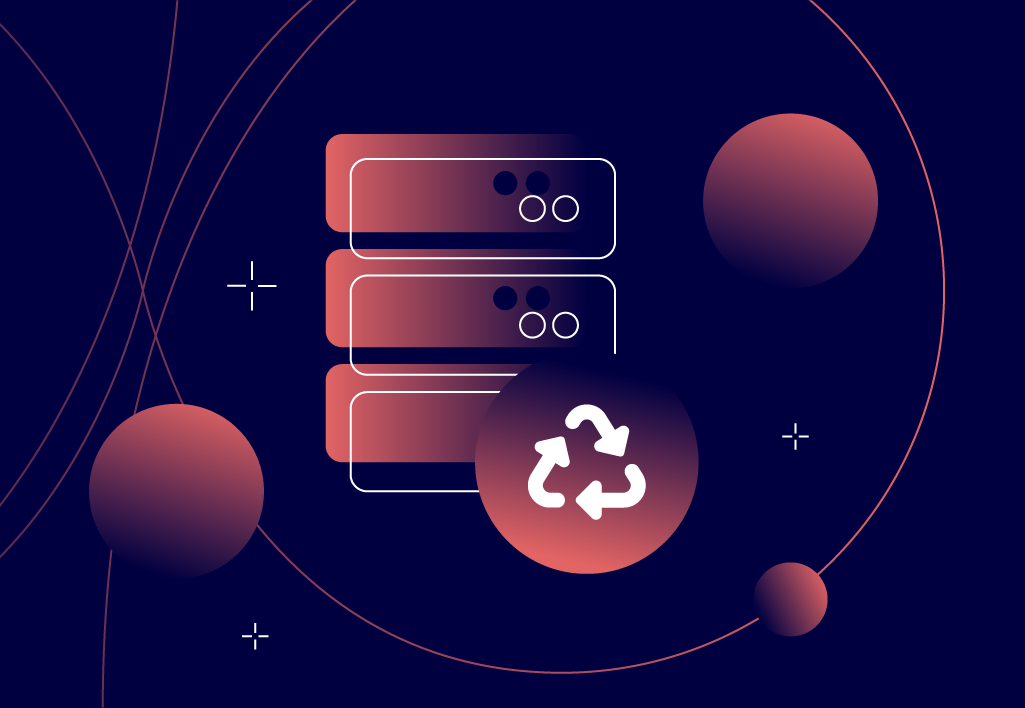
Google Penalty Recovery Services: A Comprehensive Guide for Businesses
Getting hit by a Google penalty can have a significant impact on your brand’s online presence and the effectiveness of your website’s SEO strategy. It can reduce sales and leads, and overnight, you can go from ranking on page one for several keywords that drive revenue and leads to being wiped off the face of the search engine results page.
Luckily, with Embryo’s Google Penalty Recovery Services penalties and drops in rankings can be rectified. With time, a considered technical SEO plan, and the utilisation of our experts we can turn your online presence around and create a long-term strategy that not only rectifies the original penalty but ensures any future issues are avoided.
Below, we’re going to break down Google penalties, the different types, how to identify one and how our services can help your brand.
In a congested online market, any knockback can see you lag behind your competitors which is why Google penalty services need to be enacted as soon as possible. If your rankings and traffic have taken a hit then get in touch today to speak to our SEO team by phone at 0161 327 2635 or email [email protected].
Been Hit With a Google Penalty and Don’t Know Where to Turn?
At Embryo, not only can we help you turn around your website’s performance in the short and medium term, but our team of experts can ensure your brand’s long-term online visibility is secure.
To learn more, get in touch today with us by phone on 0161 327 2635 or email [email protected].

By far the best agency I have ever worked with! Every single member of the team is a pleasure to deal with. They're absolutely brilliant at what they do! Highly recommended.
What is a Google Penalty?
A Google penalty is the search engine giant’s way of punishing websites after they have made tweaks to their algorithm. Also known as a manual action penalty, they are often metered out by human reviewers at Google to examine websites and determine whether it has complied with their ‘Search Essentials’ checklist.
There are numerous reasons why a website can be punished and, whether you think it’s fair or not, web owners can be penalised whether they knew they were carrying out nefarious techniques or not. Said techniques are often called Black Hat SEO tactics.
Revive Your Online Business with Our Algorithm Recovery Services
With our help, we can help put your website back on the path to stable, long-term organic SEO success. Our tech SEO team, alongside our content writers, can help your brand determine the problem and then create a custom strategy that, over a period of months, will turn your website around so it is something that will be rewarded the next time there is an algorithm update, as opposed to being punished.
Our team of experienced SEOs have their finger on the pulse and are able to adapt and create a versatile strategy that ensures your website remains profitable and isn’t negatively impacted by changes in visibility. We know how important it is in this world of algorithms and ranking factors to be aware of how changes will impact your business, we know it is important because we’ve seen the effects penalties can have on ranking, traffic, and revenue.

Algorithm and penalty recovery services
The Google penalty removal service we would carry out for you would depend greatly on the type of recovery your website would require. Whatever recovery you require, though, our team will use the most sophisticated SEO tools and all their experience to work backwards to find the source of the issue and rectify it.
Here are just a few types of recoveries we can help you with.

Broad Core Algorithm Recovery
Broad core updates are rolled out by Google multiple times a year, some SEOs can even predict when they might fall. These updates deal with Google’s overall search algorithm, filtering out any websites that fail to meet a large chunk of their 150 ranking factors.
We don’t get a lot of information about what these updates reward/penalise, however, we know that Google has been focusing on improving the E-E-A-T ranking signals in recent times.
This means that sites will likely have been rewarded if they have:
- Quality content that is helpful to users and not just sales-driven
- A good page experience, with a good content format, quality images and a clear purpose
- Experts within the industry/on the topic associated with the content
- Good reviews and clear proof of value added to customers
- Proof signals of trustworthiness
The best way to avoid being hit by a broad core algorithm update is by following the latest best practices both on and off-page.

Manual Action Penalty Recovery
Manual actions involve penalising, knocking down or even completely de-listing websites from Google’s search results if they are found to be violating their Webmaster Guidelines.
Unlike standard algorithmic penalties, manual actions require a human reviewer to apply the penalty. Google employs a team of human reviewers, often referred to as quality raters, who assess websites based on a comprehensive quality rating document and the Webmaster Guidelines. Websites with manual actions taken against them are therefore raised by reviewers through algorithmic detection or the submission of external spam reports.
The Webmaster Help Centre page includes 12 manual actions that could be applied to a website:
- User-generated spam
- Spammy free host
- Structured data problems
- Unnatural inbound links (such as link buying)
- Suspicious outbound links
- Thin, duplicate or invaluable content
- Sneaky redirects
- Spam content
- Cloaked images
- Keyword stuffing
- AMP content mismatch
- Sneaky mobile redirects
Recovering from a manual action penalty requires rectifying the violation promptly. Google provides specific guidance for addressing different penalties on their Help Centre. Some penalties result from honest mistakes and can be resolved by undoing the error. The recovery process varies for each penalty, and some may be more complex, which is where our SEO team expertise would come in.
Losing Revenue Because of a Google Penalty Can Be Disastrous
We know what can be done to reverse the damage of a penalty. Using considered, white-hat SEO strategies we can help your brand.
Get in touch to discuss how we can help. Call us on 0161 327 2635 or email [email protected].
The Inn Collection Group
The Inn Collection Group
-
87%
Increase in conversions
-
166%
Increase in clicks (265,300)
Types of Google Penalties
The penalties that Google meets out to sites that flout its various checklists can range from punishing one page/URL to removing an entire domain from its search engine (i.e. it won’t show up at all for users).
A keyword penalty may see you lose all ranking positions for a few terms that you once ranked for but the page itself can still be found via Google. A URL level punishment affects all the ranking positions for that one page and then finally a sitewide penalty means a great deal of keywords on a domain will all positions and a desilting will see your site removed from Google’s index, essentially rendering it null and void.
Even if just one page is punished the effects can be huge, especially if it is a pillar page or a piece of content that leads to sales or leads. Needless to say, the effects of having your entire website de-indexed by Google are pretty catastrophic.
How Does Google Implement These Punishments?
Well, there are two ways you can be punished – one is via the latest algorithm update. These punishments are automatically applied after new filters are applied via this update to all websites.
Two significant updates – Google Panda and Google Penguin – are great examples of algorithms metering our penalties and rewards to websites which abide, or not, by these new changes. Often, we’ve seen direct correlations between update X affecting website Y almost immediately.
The second way they punish sites is manually. Essentially, a Google employee will review a website if they suspect it is flouting guidelines and, if they feel it necessary, will punish the website accordingly.
Don’t Let Algorithm Updates Slow Down Business – Embryo Can Help
If you’ve recently been hit with a penalty, or your site has lost a lot of traffic recently and you’re struggling to understand why, our team of problem solvers and strategic experts are on hand to help.
When you work with our digital marketing team, you’ll gain insight and knowledge about Google updates. Most importantly, we’ll tell you how to thrive through them and strengthen your website so big algorithm changes don’t touch you.

Paid marketing channels are crucial to The Range’s online success so finding an agency that understood that and would have the tools in place to take it to a new level was critical.
Not only are Embryo incredibly innovative and knowledgeable, but they used all that to tell a story about how their interpretation of PPC and paid social would be ideal for The Range.


